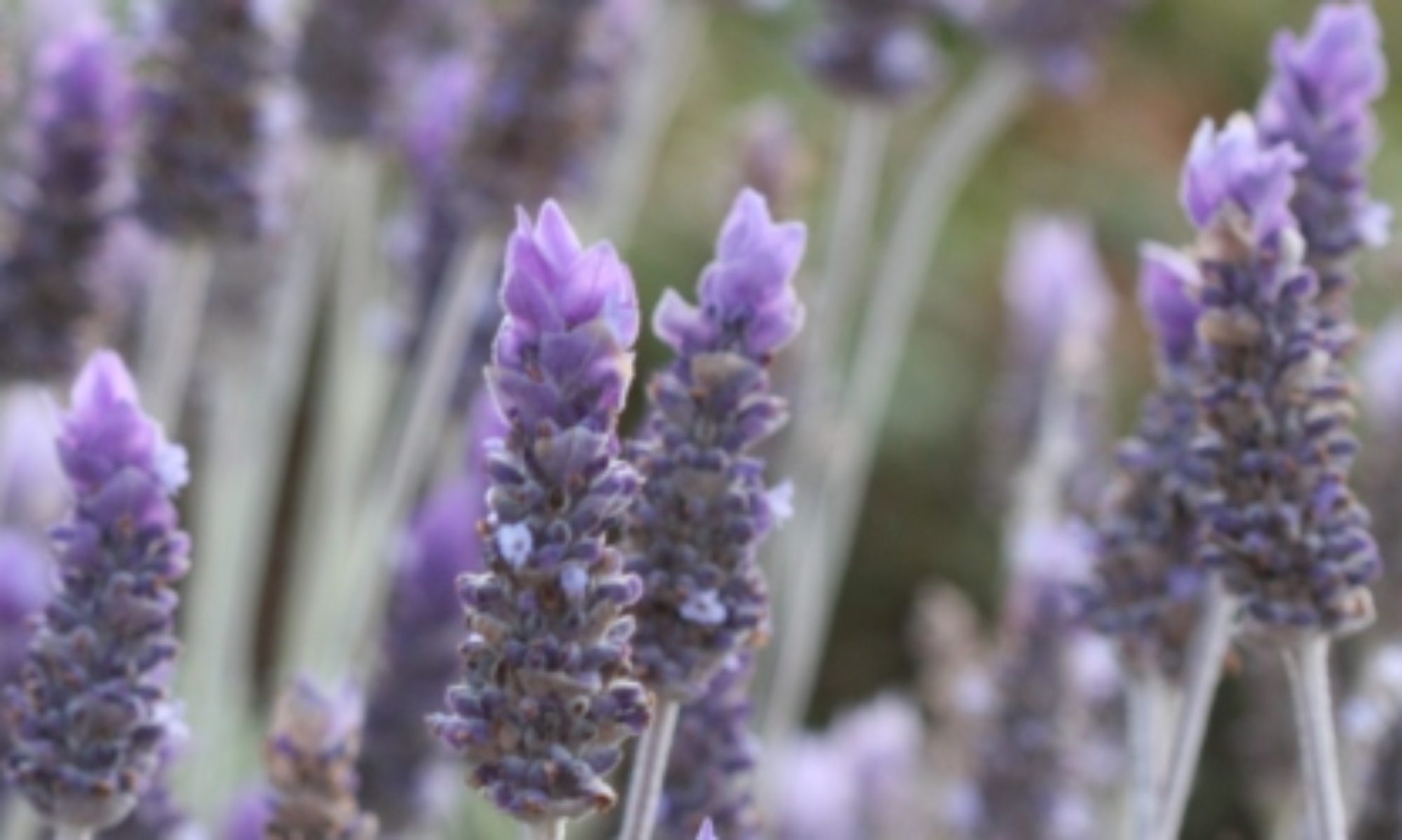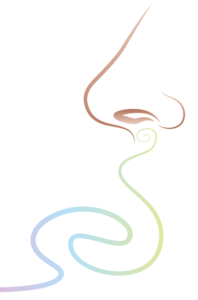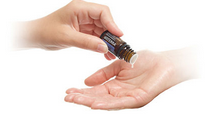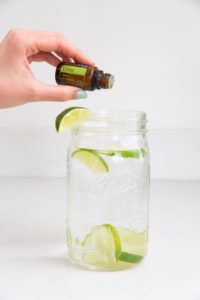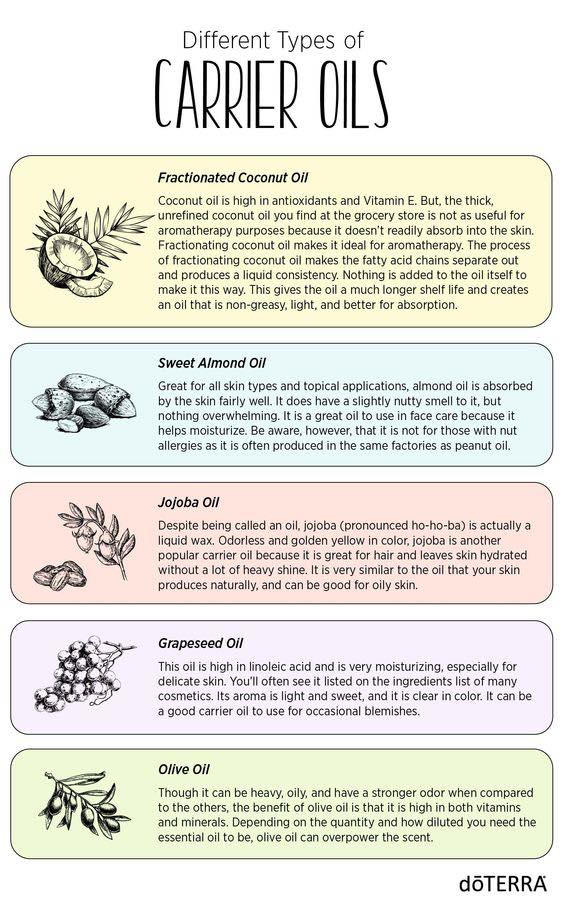What are Essential Oils?
Essential oils are complex natural aromatic compounds found in the seeds, bark, stems, roots, and flowers of plants.
Why dōTERRA Essential Oils?
I use and recommended dōTERRA essential oils because they are:
Highly concentrated
Less is more because dōTERRA essential oils are potent and pure (and need to be treated with respect).
100% natural, Certified Pure Tested Grade
CPTG represents dōTERRA’s standard and commitment to producing the highest quality oils. Quality testing includes:
Gas Chromatography: Testing for chemical composition – what compounds are present, and at what levels.
Mass Spectrometry: Testing for the presence of non-aromatic compounds not found using Gas Chromatography such as heavy metals and other pollutants.
Fourier Transform Infrared Spectroscopy (FTIR): Using infrared light, batches are tested to ensure they match historical data of what the oil should look like chemically.
Microbial Testing: Testing for the presence of bacteria, fungus and moulds. Testing is done on the batch before processing and the finished product to ensure no harmful organisms were introduced during the filling and labelling process and to ensure shelf-life stability.
Organoleptic Testing: Testing using taste, sight, touch and smell for aroma quality, feel and appearance of the oil. This testing is done throughout the entire process, from grower and harvester to the manufacturing engineers.
Essential Oils Sourced from Where they Grow Best
The plants and trees are sourced from where they grow best – all around the world – to obtain the most potent oil possible.
A Unique and Caring Company Culture
On a company level, dōTERRA has a unique culture, committed to helping, serving, kindness and generosity.
It prides itself on keeping the soul of a small company, even though it is a large global one.
It has helped many communities through its Co-Impact Sourcing program and Helping Hands Foundation.
You can also read more about dōTERRA by going to doTERRA.com.
Impacting Lives with doTERRA Co-Impact Sourcing
On a personal level, since being part of dōTERRA as a Wellness Advocate, I have met some amazing people who are committed to empowering themselves and others to find health and well-being. I have learned a lot about wellness, had interesting and useful business training, and learned a lot about myself in the process.
How do Essential Oils Work?
Each essential oil is a complex composition of many different chemical constituents.
This complexity means that an oil may have a multitude of uses and may act on many different levels (physically, emotionally, mentally and spiritually).
While the exact mechanism of how smell works and is detected within our body has not been identified (Shirley Price), what is known is that when we inhale the aroma of an essential oil, it can pass through several channels:
Lungs: via the mucus membranes of our lungs, into the blood stream, where the oil is transported and can affect any organ where the blood passes
Brain: via the nasal cavity where the aromatic molecules connect to receptor cells within the nose. Transmission of a specific message is done through the olfactory bulb to a region of the brain linked to memory, feelings and emotions called the limbic brain, which can trigger memory and emotional responses.
According to Shirley Price, in her book “Aromatherapy and Your Emotions”, inhalation is the quickest and most effective route in the treatment of emotional problems.
The deeper you inhale, the more aromatic molecules are carried into the brain and the stronger the response that is registered.
Because essential oils are so chemically complex, each oil can have many uses making them very versatile. Let’s take lavender for example. It can help with mood management, it’s great for insect bites, for many people it is calming, and it has a range of other uses.
While not all oils work to the same degree on all levels, each oil’s complexity makes it remarkably diverse in its ability to help our health and wellbeing in many ways.
How to use Essential Oils
Aromatically
Direct inhalation: apply 1 – 2 drops of oil in your hands, cup them over your mouth and nose, and inhale
Diffuser (ultrasonic). It is not recommended to use an oil burner, because the heating of the oil can cause the oil to lose some of its therapeutic properties. Just as cooking can destroy nutrients in food, so can heating of an essential oil.
Water: add oil to steaming water and breathe in the vapours or use a spritzer bottle – add oil to water in a spray bottle and spritz yourself or the room
Topically
Directly to the skin (with a carrier oil – see below).
Food Grade
Oils approved for internal use are designated as GRAS – Generally Regarded As Safe. Always read the label and check the dōTERRA website to see if the essential oil can be used as a food additive.
Taking essential oils internally through food or water is a point of contention within the aromatherapy field. I will be recommending using diffusing or diluted topical application, because when we are dealing with emotional issues, inhalation is the most potent and fast acting method to instigate change.
Please do your own research if you intend to take oils internally.

Safety
Don’t swallow oils neat. If you intend to take oils internally, mix with honey or olive oil, or encapsulate them within a vegetable cap.
Use a carrier oil even when using the oils on the soles of your feet (see ratio section below).
Never put oils in your ears, nose, or eyes.
If you have a reaction, dilute with a carrier oil or vegetable oil, NEVER water.
Follow all label directions. See dōTERRA’s website for more detailed safety information.
If you have any medical condition, please seek medical advice before using essential oils.
Some oils are photosensitive which means they can make your skin more sensitive to the effects of the sun – i.e. you can burn easier, so avoid sunlight or UV if you have applied citrus oils or blends containing citrus oils.
If you are pregnant, nursing, or under a doctor’s care consult your physician or health care professional before using essential oils.
Always store the oils in glass, not plastic, and away from heat sources.
Carrier Oils
A carrier oil is a medium (an oil), that is mixed with an essential oil to be used if you want to put the oils topically on your skin. Because of the potency of dōTERRA essential oils, I strongly recommended you dilute all essential oils with a carrier oil.
Other than safety, it makes economic sense to dilute with a carrier oil. Because of their volatile nature, you can lose a large percentage of an essential oil through evaporation if you use it neat (undiluted). You don’t want to waste your oils and using a carrier oil does not dilute the effectiveness of the essential oil.
dōTERRA has their own carrier oil – a Fractionated Coconut Oil (FCO), which always stays liquid, has a lovely light and non-greasy texture, is virtually colourless and odourless, while being easily absorbed into the skin. It is not the same as coconut oil, so don’t digest it.
Other carrier oils to consider include: avocado oil, jojoba oil, and sweet almond oil. Just like essential oils, carrier oils have different properties so research and experiment to see what suits you.
Ratio
I recommended that all oils be diluted as per the ratios below and use your discretion and common sense and dilute more if you are sensitive or using potent oils (considered “hot” oils) like oregano and clove.
These recommendations are for healthy adults, children and babies.
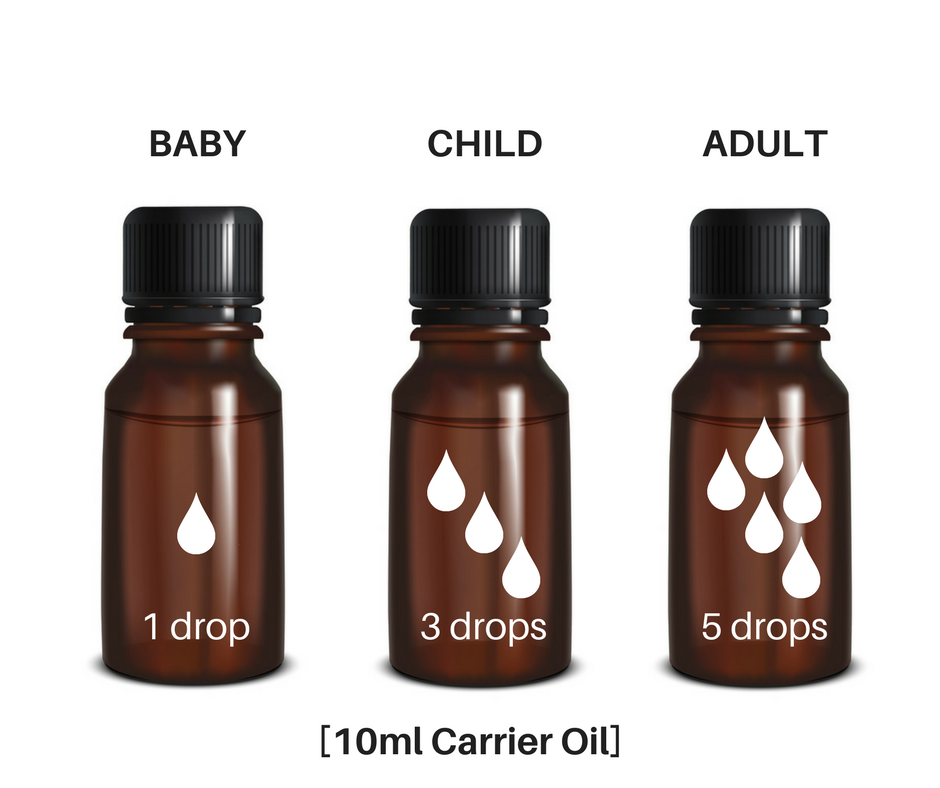
Adult – 1 tablespoon (10ml) of carrier oil to a maximum of 5 drops of essential oil(s) (in total). Remember, use less drops for “hot” oils/blends.
Child – (half the adult ratio) 10ml of carrier oil to 2.5 drops of essential oil(s) (in total)
Baby – (consider using only Roman Chamomile, Sandalwood and Lavender for newborns, adding Frankincense after 6 months of age) 10ml carrier oil to 1 drop essential oil
References
Book: Modern Essentials
Book: Essential Emotions (previously Emotions & Essential Oils)
Book: Aromatherapy and Your Emotions – Shirley Price
dōTERRA Corp – YouTube channel
Aromatic Science for scientific publications
Disclaimer
This information is intended for educational purposes only. The statements have not been evaluated by the Food and Drug Administration (FDA) or the Therapeutic Goods Association (TGA). These products are not intended to diagnose, treat, cure, or prevent any disease. Anyone suffering from any disease, illness or injury should consult with a medical practitioner. These suggested uses apply only to dōTERRA essential oils.
